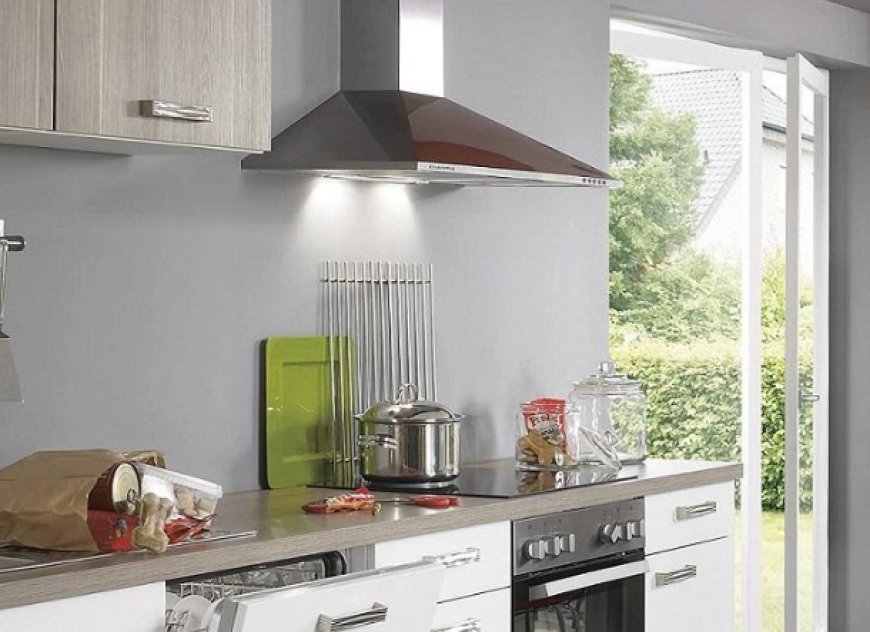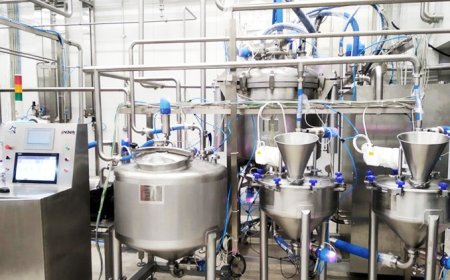Beyond the Basics: Why an Efficient Kitchen Hood is the Unsung Hero of Your Home

In the modern home, the kitchen has evolved into much more than a mere cooking space; it's a dynamic hub for entertaining, family gatherings, and creative culinary exploration.1 With this increased emphasis on the kitchen, the demand for appliances that perform exceptionally while enhancing comfort has grown exponentially. Among these, the kitchen hood, often an overlooked workhorse, plays a singularly vital role in maintaining the health, cleanliness, and overall ambiance of your home. But we're not just talking about any hood; we're focusing on the efficient kitchen hood a true champion that delivers superior air purification, quiet operation, and smart energy use, making it an indispensable asset for any contemporary household.
The hallmark of an efficient kitchen hood lies in its core purpose: to effectively and thoroughly remove smoke, steam, grease, and cooking odors from your indoor environment.2 Unlike older, less powerful models, an efficient kitchen hood excels at preventing these airborne contaminants from lingering, permeating fabrics, depositing grease on surfaces, and creating an uncomfortable atmosphere.3 This superior performance is measured primarily by its Cubic Feet per Minute (CFM) rating.4 While the ideal CFM depends on your cooking habits and stovetop power, an efficient hood will offer a robust CFM range (often 400 CFM for standard use to 900+ CFM for heavy cooking) that ensures rapid and complete evacuation of cooking byproducts. This not only keeps your kitchen cleaner but also significantly improves overall indoor air quality, a crucial factor for health and well-being.
Beyond raw power, true efficiency in a kitchen hood encompasses its quiet operation. The Sones rating quantifies the noise level, and an efficient kitchen hood strives for the lowest Sones possible, even at higher fan speeds.5 Nothing disrupts a pleasant cooking experience or lively conversation more than a loud, roaring hood. Manufacturers achieve this quiet efficiency through advanced engineering: using insulated motor housings, precision-balanced fan blades, and optimized airflow paths that minimize turbulence and sound. This allows the hood to perform its vital function discreetly, creating a more peaceful and enjoyable kitchen environment, a significant advantage in open-concept living spaces.
Energy consumption is another critical aspect of an efficient kitchen hood. While powerful, the best models are designed to be energy-efficient. Look for hoods that incorporate LED lighting, which uses significantly less electricity and has a much longer lifespan than traditional incandescent or halogen bulbs, reducing both energy bills and replacement frequency. Some advanced efficient hoods may also feature variable speed controls that allow you to precisely match the fan power to your cooking needs, avoiding unnecessary energy waste.6 Intelligent features like automatic heat sensors, which adjust fan speed based on detected temperatures, further contribute to efficiency by ensuring the hood only works as hard as needed.7
The effectiveness of an efficient kitchen hood is also heavily dependent on its ventilation type. For optimal performance, an efficient kitchen hood should ideally be externally vented (ducted). This means the hood expels exhaust air directly outside the home, completely removing grease, smoke, heat, and odors. While some hoods offer a recirculation (ductless) option, which filters the air through charcoal filters and re-releases it into the kitchen, external venting is vastly more efficient for comprehensive air purification. Proper ductwork sizing and installation are crucial for maximizing the hood's efficiency and minimizing noise.8 Oversized or undersized ducts, or those with too many bends, can severely hamper performance.9
Maintenance plays a significant role in the long-term efficiency of your kitchen hood. Efficient kitchen hoods typically come with high-quality, easy-to-clean filters.10 Baffle filters, often made of durable stainless steel, are highly effective at trapping grease and are usually dishwasher-safe, simplifying routine cleaning.11 Regular cleaning of these filters ideally after every heavy cooking session is paramount. Clogged filters not only reduce the hood's efficiency, forcing the motor to work harder (consuming more energy and generating more noise), but also pose a significant fire hazard due to grease buildup.12 For recirculating models, timely replacement of charcoal filters is equally important.
Beyond these core attributes, an efficient kitchen hood often comes packed with smart features that enhance convenience and user experience. These may include intuitive touch controls, remote controls, or even smart home connectivity that allows for control via apps or voice commands.13 Delayed shut-off timers ensure that all lingering fumes are cleared after cooking, and filter-cleaning indicators provide timely reminders for maintenance, ensuring the hood continues to operate at peak efficiency.14 The construction materials themselves are usually high-quality, such as durable stainless steel, which is easy to clean and resistant to corrosion, contributing to the hood's longevity and sustained efficiency.
In conclusion, investing in an efficient kitchen hood is a decision that extends far beyond simple appliance purchase; it's an investment in your home's air quality, comfort, and long-term value. By prioritizing powerful yet quiet operation, energy efficiency, optimal ventilation type, and smart features, an efficient kitchen hood becomes the unsung hero of your culinary space. It diligently removes airborne contaminants, creates a more pleasant cooking environment, and helps maintain a cleaner, healthier home, proving that thoughtful design and engineering can bring significant benefits to your everyday life.




































